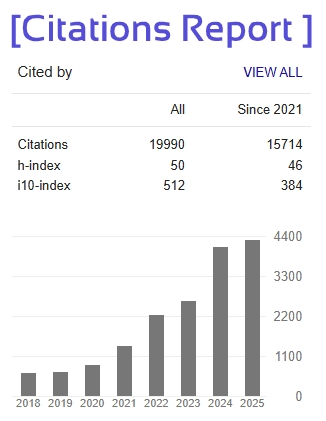Fingerprint-Based Biometric Smart Electronic Voting Machine Using IOT
Mr.B M CHANDRASHEKAR 1, SANJAY K U 2 , RISHYANTH S M 3 , PRAVALIKA K 4 ,
RAKSHITHA R 5
2, 3 ,4 ,5 Student, Department of Electronics and Communication Engineering, Jyothy Institute of Technology Engineering College, Bengaluru, Karnataka
1 Asst. Professor, Department of Electronics and Communication Engineering, Jyothy Institute of Technology Engineering College, Bengaluru, Karnataka
ABSTRACT
A safe, open, and effective voting system is more crucial than ever in the current digital environment. Voter impersonation, ballot manipulation, and logistical problems plague traditional voting techniques including manual ballots and electronic voting machines (EVMs), particularly in rural or heavily populated areas. To address these issues, this project suggests an Internet of Things (IoT)-enabled smart electronic voting machine that uses fingerprint biometrics. Only eligible voters are permitted to cast ballots, and duplicate or unauthorized entries are prevented thanks to its exact voter authentication using fingerprint biometrics. In order to ensure integrity and dependability, the system includes a microcontroller, fingerprint sensor, LCD for user interface, and a secure Internet of Things module that permits encrypted, real-time vote transfer to centralized cloud databases.
With features like secure vote tallying, remote monitoring, and real-time administrative notifications, the voting system is improved by the incorporation of IoT technology. By overcoming obstacles related to geography and infrastructure, these capabilities guarantee effective operation in both urban and rural locations. Real-time result aggregation is made possible by cloud-based data storage, which also maintains system dependability and voter privacy. The approach is easily adaptable to institutional, local, or national elections since it is scalable. Robust encryption procedures strengthen public confidence by preventing manipulation and unwanted access. Additionally, by using less paper, the transition to digital operations encourages environmental sustainability, making the system both environmentally benign and technologically modern.This intelligent
voting system is made to be easy to use, require little upkeep, and be deployed affordably. It sets a new standard for election security and accessibility by fusing secure
IoT connection with biometric verification. The system provides a technically sound and socially meaningful solution in an effort to restore public confidence in democratic processes. It facilitates transparent operations and remote voting for a
variety of demographics and geographical areas. It is flexible and scalable, making it appropriate for many kinds of elections. In an increasingly digital environment, this approach lays the groundwork for future political involvement by guaranteeing a safe, inclusive, and effective voting experience.







